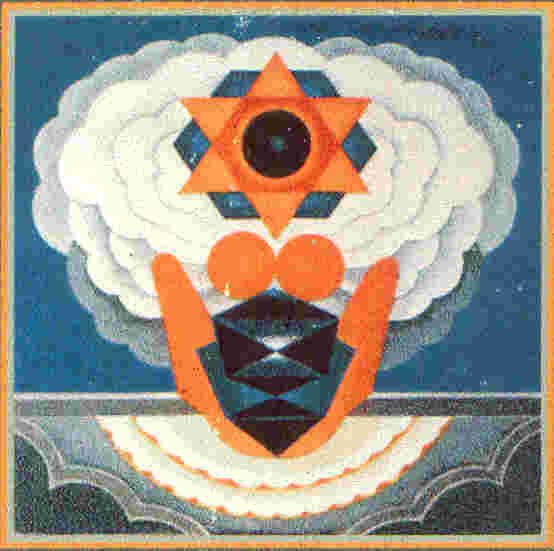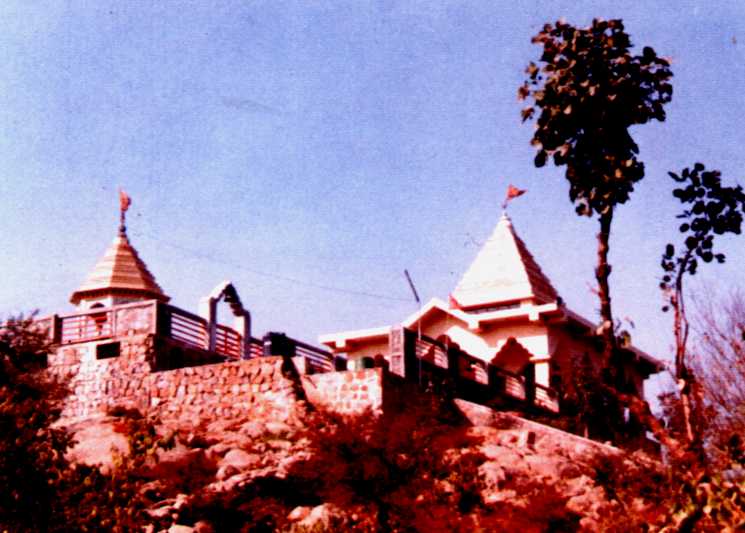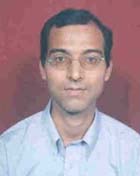|

|

|
|
Kashmiri Pandits' Association, Mumbai, India |

|
| | Home | April-May 2003 Issue | |
|
Viewpoint …
Sanjay Kaul Kashmiri Pandit
Marriages - Present Scenario
It has been said that marriages are settled in heaven but performed on earth.
From this, the importance Marriage
is a sacred ceremony. One has to understand fully its meaning in terms of
Shastras and our cultural heritage. 'Lagan' and 'Kanyadaan', the two words, are
not just words, but carry deep religious and philosophical ethos. 'Lagan'
represents the union of two people, both socially and legally, performed before
a sacred fire, where religious mantras and hymns are enchanted in presence of a
galaxy of witnesses from the groom's as well as the bride's sides. Here, the
groom and the bride dedicate themselves to be equal partners in each other's
joys and sorrows. 'Kanyadaan' is said to be the highest Daan which anybody on
this earth can perform. The father gives away his daughter in 'daan' to the
groom, who in turn is supposed to be her saviour for rest of her life. With
the change in times, we tend to ignore the sacred characteristics of our
rituals. We seem to care less for the religious sanctities and more for the
glare such functions now command. According
to an assessment, a considerable number of KP marriages are turning to be
failures. The power of understanding one another, in case of husband and wife,
is fast decreasing. Divorce cases are on the rise and extra-marital relationship
tend to be more common. The situation prevailing now is very alarming and we
need to take immediate steps to arrest this trend. There
are instances to show the falling standards of our 'Sanskars'. For quite some
time, we have come across shocking incidents of boys settled abroad, marrying
second time here, only to please their parents, thus showing scant regard for
the sanctity of a marriage. This may be a 'kaam chalao' way of the boys to
please their parents, but at what cost? We
have also reasons to believe that in many cases, parents have lost contact with
their children. Parents are expected to seek the views of their foreign based
children in the matter of marriage, before trying to influence them with their
own choice. Any excuse from the parents later that they were in complete
darkness about the activities of their children, does not carry weight. They are
equally responsible for the misdeeds of their children. The community as a whole
is also expected to take a rigid stand against those indulging in such
activities. The
marriage function of a Kashmiri Pandit is also getting modernised. We are fast
imitating western culture and trying to outdo others in the matter of pomp and
show. Our strict adherence to the schedule of activities listed in accordance
with the religious scriptures, is fast vanishing, giving way to modernism and so
called 'enlightenment'. There is no regard for the auspicious times of Mahurat,
Dvar Pooza, Lagan etc. At times, these are dismissed as medieval rituals. This
can be one of the reasons why modern marriages turn to be a failure in many
cases. If
we go a little back in times, say about two decades, we would observe most of
the Baratis sitting all through the ceremony, or at least till end of the Lagan.
The presence of people around, would not only add grace to the occasion, but
also give the relatives and friends a chance to see if the groom or the bride
were tense at any moment. Now, barring a few close relatives, no body bothers to
stay back, even if they have plenty of time to do so. Relatives and close
friends have also a pious duty to perform at the time of 'Posh Pooza'. This is
the occasion when both the bride and the groom are worshipped and flowers
showered upon them, after their union as husband and wife. In the present times,
the ritual is mostly performed by the members of the two families only. The only
people in abundance and those remaining till end of the session are camera and
video people. The
most common scene at a marriage hall is to discuss the Menu. 'How did you like
the new dish introduced for the first time?' 'How many Stalls have been laid?'
'Oh I don't see a Paan Stall!' We have not only continued with our traditional dishes, but
have also included the dishes prevalent at our new place of living. We have
added Punjabi Dishes, South Indian Dishes, Gujarathi Dishes and so on to our
menu. At many places, it becomes difficult to count the number of stalls.
We are incurring tremendous amount of
wasteful expenditure on our marriages. In many cases, the 'Receptions', an
unknown thing in the Valley, are arranged in five star hotels. I appeal to my
brethren to perform the marriage ceremony in a simple and true religious manner.
We have to start from our homes, before we ask others to implement it. The youth
can take lead in this regard. I request them to come forward and opt for simple
and 'no dowry' marriages. We have seen some simple and voluntary marriages in
the early period of our migration. But with the passage of time, this all has
faded away. One more burning problem we are presently facing, is the marriage outside our community. It may be good to some extent, but the final results may not be encouraging. This is with particular reference to our girls. In any community, it is the woman who carries the Sanskars forward. So their marriage outside the community is apt to cause a dent in the propagation of our rituals and cultural heritage. The point is however debatable.
|
|
|
JOIN US |
|
|


 of
marriage should be clearly understood. Marriage is a sacred and pious ceremony.
It is not just the meeting of two physical bodies. It is the meeting of two
eternal souls. In the present day scenario, we seem to have failed in
understanding the real meaning of marriage. Marriage is not a mere contract,
which we enter into at our sweet will, only to terminate it later. The customary
'Manan Maal' which Kashmiri Pandits wear, represents the 'wedding by mutual
acceptance' as against 'Jay Mala' representing 'wedding by conquest
of
marriage should be clearly understood. Marriage is a sacred and pious ceremony.
It is not just the meeting of two physical bodies. It is the meeting of two
eternal souls. In the present day scenario, we seem to have failed in
understanding the real meaning of marriage. Marriage is not a mere contract,
which we enter into at our sweet will, only to terminate it later. The customary
'Manan Maal' which Kashmiri Pandits wear, represents the 'wedding by mutual
acceptance' as against 'Jay Mala' representing 'wedding by conquest

